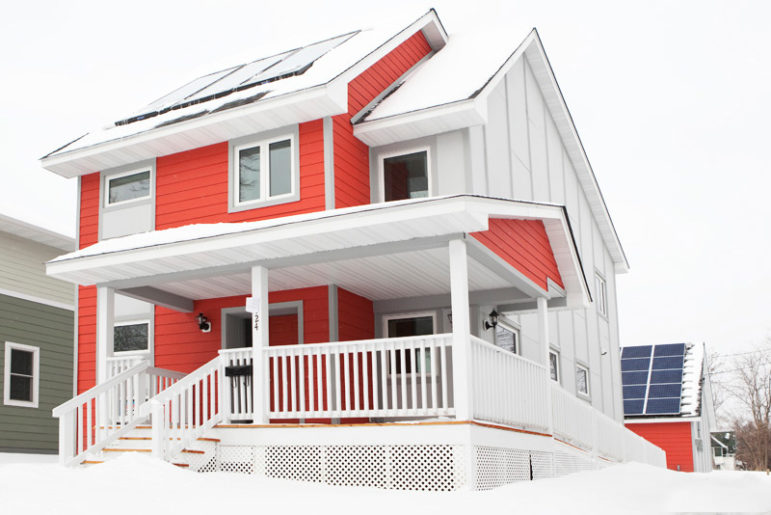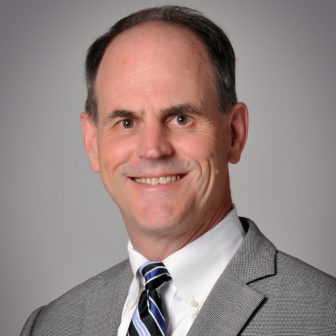
Fresh Energy’s executive director Michael Noble and Twin Cities Habitat for Humanity’s president and CEO Sue Haigh make a compelling case that highly efficient buildings are beneficial to Minnesota homeowners of all income levels.

Take a step into a super-efficient home and you will notice the difference: no draft, no noise from the outside. And the energy bills? A fraction of less efficient homes. If the home generates its own solar energy, it can be “net zero” with no utility bill at all.
For low-income families, energy efficiency can determine their ability to afford their mortgages and stay in their homes long-term. With the residential sector accounting for more than 22 percent of Minnesota’s energy use, home efficiency also creates big opportunities for our whole state to save.
Minnesota has the innovation and know-how to create high-performance buildings. Fresh Energy, a St. Paul-based energy policy organization, set out to bring experts, decision-makers, and concerned citizens together for a public event on how we can do even more. The event, titled “Built for the Future,” took place in late January, but the conversation is a long-term endeavor.
Energy efficient and affordable
Twin Cities Habitat for Humanity is a central player in the conversation on building affordable, energy-efficient homes. As the largest private homebuilder in the U.S. — building about 3,200 homes a year — Habitat for Humanity is already proving that new homes can meet (or surpass) local energy codes and still be affordable for low-income families to buy. Twin Cities Habitat is continually working on ways to do this even better. Currently it’s testing two new wall designs created in partnership with researchers at the University of Minnesota.
The Rocky Mountain Institute also put its brainpower to the issue, with expert Jacob Corvidae sharing knowledge of super-efficient models from around the world and reminding us all that both new and existing homes can have tighter envelopes and smart heating and cooling that benefit our whole electric system.

St. Paul Mayor Chris Coleman opened the “Built for the Future” event, highlighting the important role of city and state government in helping Minnesota lead the way in more efficient and better quality construction in the years ahead.
As an organization focused on policy, Fresh Energy works toward improving the efficiency of buildings across the state. For example, Fresh Energy helped ensure that blower door tests were added as a requirement to Minnesota’s energy building code in 2015. Blower door tests confirm that walls and ceilings are airtight in newly built homes. Fresh Energy pointed to the fact that Twin Cities Habitat was already using blower doors as evidence that other builders could meet that standard too.
“More and more there is visible value in energy-efficient homes,” Rocky Mountain Institute’s Corvidae told the audience. “Minnesota is doing tremendous leadership on this. You’re just doing it very quietly and very humbly.”
Where to next?
Fresh Energy, which is celebrating its 25th anniversary in 2017, and Twin Cities Habitat share pride in what Minnesota has accomplished so far. But with innovation moving fast, a changing climate making energy decisions more important than ever, and a strong market demand for efficient homes across income levels, we know we can do more.
The homes Minnesota is building now will be around for 100 years or more, and their quality and affordability may well determine how well our region thrives in the future. More homes can be built at Twin Cities Habitat-levels of efficiency, we can do more to use data as a tool for inspiring and tracking progress on efficiency, local governments can lead the way by requiring high efficiency in projects funded with public support, and the innovative business and civic leaders in our state can help Minnesota become known across the country for its super-efficient, comfortable housing choices.
This story was originally published in MinnPost.
